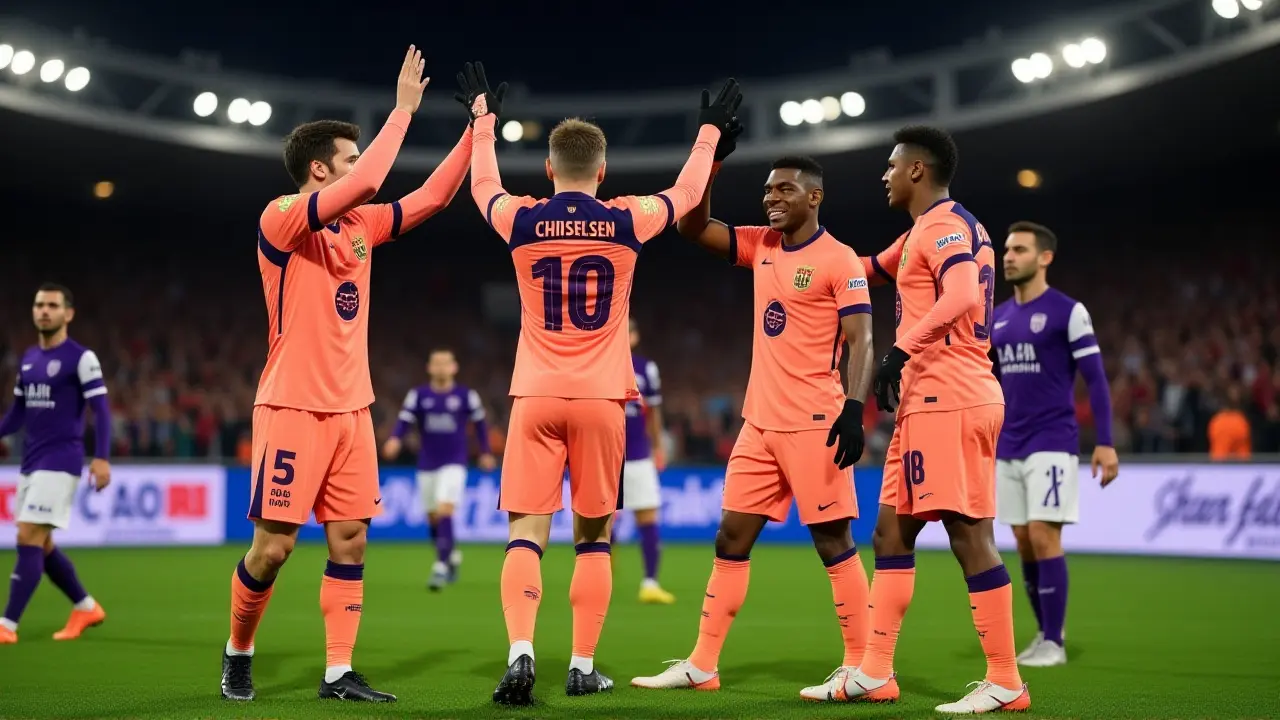Equalization Fund: Who Gets the Money and Why It Matters
A country’s Equalization Fund can decide whether a rural clinic gets running water or a town gets a paved road. That sounds dramatic, but it’s true: these funds move public money to places that need it most, and the decisions shape daily life for millions.
How the Equalization Fund works
At its core, an Equalization Fund redistributes revenue from richer areas to poorer regions so everyone can access basic services. Governments usually use formulas that look at population size, poverty rates, and how much local governments can raise in taxes. The money pays for schools, health clinics, road repairs, and emergency services.
There are two common types of transfers: vertical (national to regional) and horizontal (between regions). Both aim to reduce big gaps in public services. The exact rules matter — a simple formula can leave out needy towns, while a complex one can be hard to audit.
What to watch for in the news
When you read stories about the Equalization Fund, look for a few clear signals. First, transparency: are allocations published and explained? Second, outcomes: is the money delivering schools, jobs, or hospitals where it was promised? Third, oversight: are audits and public reports available so citizens can hold officials accountable?
Watch local budget debates and parliamentary hearings. Those sessions show where clashes happen: politicians often argue over which regions get more money. Also track court rulings or ombudsman reports — they reveal whether the system is fair and working as intended.
If you live in a community that depends on transfers, you can act. Ask your local councillor for the fund breakdown, attend budget consultations, and follow audit reports. Even small questions — “How much did our district get this year?” — push officials to be clearer.
For journalists and activists, data matters. Comparing per-person transfers across districts exposes gaps quickly. Simple charts — funding per capita, change year-on-year, and link to service outcomes — make the story obvious for readers and policymakers.
CottonCandi News tracks stories that touch the Equalization Fund: budget fights, audit findings, and service delivery reports. We focus on how allocations affect people on the ground, not just the politics behind them. Follow those updates if you want to see how policy translates into schools, clinics, and jobs.
Questions about fairness and efficiency will keep coming. The best systems combine a solid, public formula with strong oversight and citizen input. If your region feels left behind, the Equalization Fund is one of the levers that can change that — but only if communities demand clear rules and real results.



